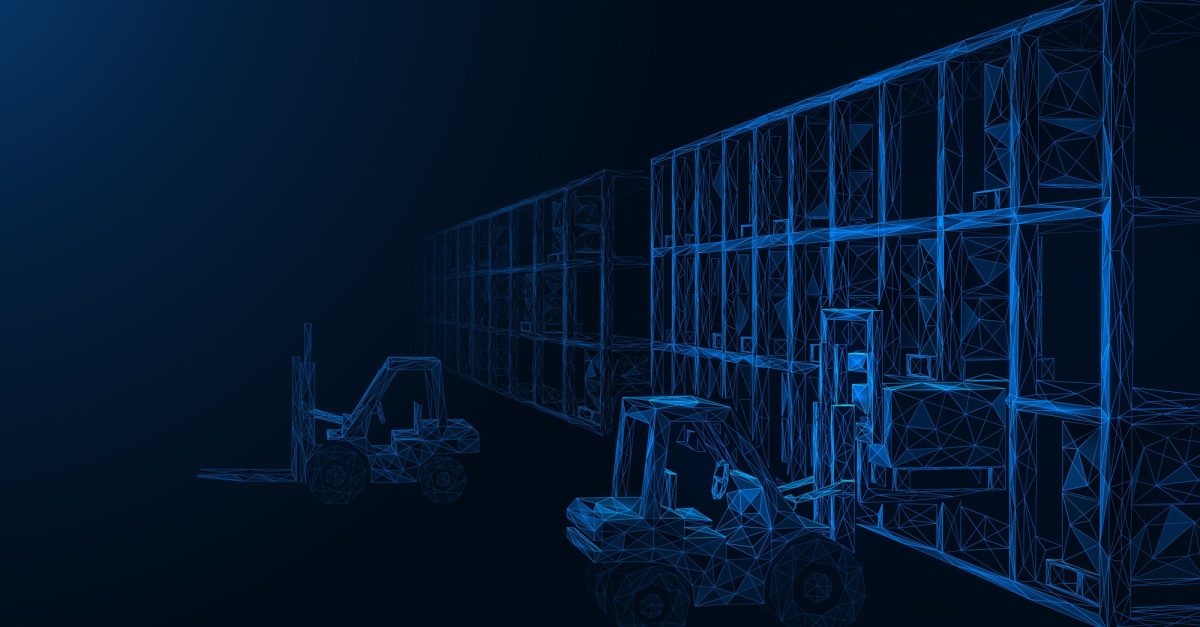
Optimising Warehouse Operations and Efficiency
After years of uncertainty and rapidly shifting demands, today’s warehouses are on the hunt for operational excellence and improved efficiency. Leaders have seen gains in these areas translate directly to cost savings, improved utilisation of space and racking, and enhanced customer satisfaction via improved service and accurate fulfilment. Optimising Warehouse Operations should be a priority for your business.
Getting to your peak efficiency is difficult, especially for large operations. However, there are core best practices that can be applied at any scale and deliver effective results. After asking internal stakeholders and leading operations managers across multiple sectors, we’ve landed on 10 important areas that can deliver substantial results.
Conduct regular warehouse audits
Regular audits of processes and people are essential to understanding where you are and having a baseline to gauge improvements. This may start with basic operations and training or ensuring you have an optimal layout for fulfilment and related processes. Operations leaders should use regular audits to identify processes not running smoothly and build game plans to address issues. Rely on your teams and tools, especially WMS and TMS, to help monitor and analyse potential issues.
Audits not only help you reduce waste and shrinkage, but they may highlight areas to optimise or practices that one shift follows that could generate improvements on other shifts.
Automate inventory management
Inventory management tools need to be employed across every warehouse in your operation. Whether these are standalone options or part of a larger WMS or TMS, platforms offer multiple ways to improve accuracy and reduce errors any time that inventory is used.
There are standard benefits here that most ops managers know about, especially setting inventory resupply levels and using historical data to ensure these are accurate. However, newer tools may help you optimise warehouse layout, provide dynamic slotting, or even better estimate labour requirements based on order volume and equipment maintenance schedules. Real-time data has become a standard and offers multiple benefits.
One of the biggest time- and cost-saving elements is parts or SKU tracking as it is used in a warehouse. Tracking at this level with real-time data can help teams identify where tools may be or if a part has been misplaced. Knowing when an item left the workstream makes it easier to find it on that shelf or see when something has been mislabelled. You’re able to reduce shrinkage and maintain inventory profitability.
Utilise barcoding and scanning technology
Shrinkage is a significant issue and costs most companies profit margin. One of the easiest ways to eliminate it is to utilise multiple barcode scans for your tasks. While that is important in picking and packing, scans and tracking can support all your activities.
A powerful system can turn scans into visibility of how goods move through warehouses, identifying bottlenecks and common error points. You’ll get data on potential issues such as equipment breakdowns or when tasks take longer than expected. It’s a reliable way to understand workflows and ensure they follow your SOPs. By improving supply chain visibility, warehouse owners and operators can make better decisions and improve the overall efficiency of their operations.
Limit your idea of “lean”
For many years, implementing a “lean” warehouse strategy was the top suggestion to reduce waste and optimise the flow of goods. Lean usually meant working to eliminate waste and optimising the flow of goods throughout the warehouse while also reducing inventory levels. Many companies applied this to their inventory to try and keep goods moving quickly, minimising the time inventory was held in a warehouse.
Recent years have shown that the just-in-time approach to inventory can quickly lead to backorders, delays, and revenue shortfalls when the supply chain is disrupted. Lean can help you eliminate waste. Ensure you apply this strategy strategically so it doesn’t create risk.
Utilise automation and robotics where appropriate
Robotics and automated conveyors can increase the efficiency of warehouse operations at multiple points. Turning manual processes into automated ones, especially for moving goods from picking areas to packing stations, can substantially increase your fulfilment speed.
It will also reduce the burden on staff, making their work less physically demanding. This can mean fewer injuries and accidents and enable workers to have more comfortable shifts and stay at companies longer.
One note is that automation and robotic arms are not a one-size-fits-all solution. Many goods cannot be moved by these solutions, while others technically could, but it would create issues. Review the size and weight of products to see if conveyors can safely move them, or if this would cause regular breakdowns that shut down your entire process.
Cross-train employees to improve flexibility and reduce downtime
By cross-training employees, warehouse owners and operators can ensure that multiple employees are able to perform different tasks, improving flexibility and reducing downtime. It’s a simple method to improve your risk tolerance and create teams that can adapt to various situations. Cross-training keeps your warehouses smooth.
Take this a step further by training every employee in warehouse tasks. Not only will that give you more flexibility, but it’ll create a culture of appreciation for what warehouses do. This reduces unrealistic demands and builds camaraderie. Create a unified team.
Implement a preventive maintenance program
Don’t wait until things break. That’s a simple piece of advice, but it isn’t often followed. Many warehouses are running with minimal staff and not enough time in the day. However, preventative maintenance can improve your time and ability to react by reducing equipment breakdowns and operational downtime.
The great news is that many WMS and warehouse management tools have modules to help you plan regular inspection and servicing of equipment, especially conveyors and forklifts. You’ve got a system of what to check, how to note operational needs, when equipment needs to be pulled, and more. Look at your existing systems to see where you can start this, and talk with operational leads to determine what else might need to be checked. Something as simple as reviewing barcode scanners and battery capacities at the end of the week can help you avoid a frustrating issue.
Apply data analytics to KPIs
You must track key performance indicators (KPIs) to identify areas for improvement and monitor your progress. Analytics can help with both tracking and verifying results. Robust tools also help you spot issues that may harm your KPIs but bring in other data. You may learn that inventory levels improve with a higher restock level because inbound freight is experiencing delays. Or, you might note that order accuracy declines when similar-looking SKUs are in adjacent bins — while analytics can also show that spreading out similar SKUs, like different sizes of the same shirt pattern, improves accuracy without harming picking speeds.
Review your KPIs and top metrics with your product and IT teams. Gather related data and operational information to see if you can paint a bigger picture of the state of your warehouse.
Embrace the complexity of picking
When you start to scale, picking gets harder. If your warehouse is growing in size or you’re regularly reslotting goods, it might be time to up your picking game. Consider batch or wave picking systems with workers focused on picking the same goods for batches of orders simultaneously.
These methods can reduce travel time and increase accuracy by minimising each team member’s actions. You’re also going to introduce more scans to verify order accuracy during the picking process, which can help ensure each order moves accurately through the warehouse.
Implement a “batch picking” system to increase picking efficiency and reduce travel time. A “batch picking” system involves grouping orders together and picking all the items for those orders at once, rather than picking items for each order individually. This can help to reduce travel time within the warehouse and increase picking efficiency. By implementing a “batch picking” system, warehouse owners and operators can increase productivity and reduce labor costs.
Renew and improve relationships
You’ve likely heard this for regional carriers during peak season, but diversifying your set of suppliers and partners builds resilience. Companies can succeed when they create backups while also working to improve relationships with existing partners.
When you’ve got strong supplier partnerships, you’re more likely to get goods on time and have support when a surprise need arises. That’ll help you control excess inventory or minimise stockouts. Carrier relationships can help you secure capacity to keep orders flowing out of your warehouse, even during peak.
You deserve great partners, and so do all of the companies in your supply chain. Work to become their top collaborator and you’ll go a long way to improving your business and creating the resiliency we’re all out to build.

About the Author:
Geoff Whiting is the Senior Writer for Red Stag Fulfillment, an eCommerce 3PL focused on supporting heavy, bulky, and high-value products. He has more than a decade of experience covering eCommerce, technology, and business development. In his free time, Geoff enjoys exploring new cuisines and music, and trying not to get too lost listening to podcasts while walking in nature.

Optimise your warehousing capabilities with IoSCM. Visit the courses page of the website to find out more or call 0800 1422 522 to speak with a member of our team.
